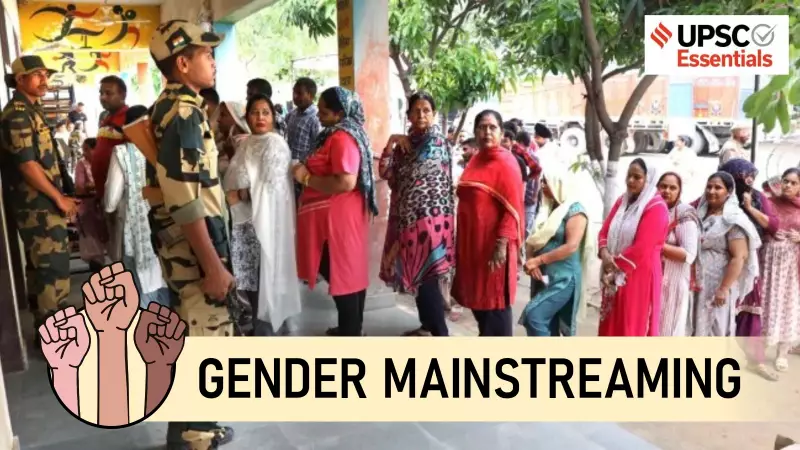
India's journey toward gender equality is taking a revolutionary turn through an innovative fiscal approach that's transforming how the nation allocates its resources. Gender-responsive budgeting (GRB) has evolved from being merely a line item in the budget to becoming a powerful tool for social transformation.
What Exactly is Gender-Responsive Budgeting?
Gender-responsive budgeting represents a paradigm shift in economic planning. It's not about creating separate budgets for women, but rather about ensuring that the entire budgetary process addresses the distinct needs and priorities of all genders. This approach recognizes that policies and programs affect men and women differently, and aims to bridge these gaps through strategic financial planning.
The Indian Experience: From Concept to Concrete Action
India's tryst with GRB began in 2005-06 when the Ministry of Finance introduced the Gender Budget Statement (GBS) as part of the Union Budget. This groundbreaking initiative mandated that ministries identify and report programs that specifically benefit women, ensuring transparency and accountability in gender-related spending.
Key Components of India's GRB Framework:
- Part A: Programs where 100% of allocations are dedicated to women
- Part B: Schemes where at least 30% of funds are directed toward women beneficiaries
- Comprehensive tracking mechanisms to monitor implementation
- Regular impact assessments to measure effectiveness
Moving Beyond Mere Financial Allocations
The true power of GRB lies in its ability to transcend traditional budgeting. It's not just about how much money is allocated, but about how effectively these resources address systemic gender inequalities. The approach forces policymakers to consider:
- Differential Impacts: How budget decisions affect men and women differently
- Access to Resources: Ensuring equitable distribution of public goods and services
- Participation in Decision-Making: Involving women in the planning process
- Outcome Monitoring: Tracking real-world impacts on gender equality
Success Stories and Challenges
Several government schemes have successfully implemented GRB principles. Programs focusing on women's education, healthcare, and economic empowerment have demonstrated how targeted budgeting can create meaningful change. However, challenges remain in terms of capacity building, data collection, and ensuring that allocations translate into tangible outcomes.
Areas Needing Strengthening:
- Improved gender-disaggregated data collection
- Enhanced monitoring and evaluation frameworks
- Greater coordination between different government departments
- Strengthening local-level implementation
The Road Ahead: GRB as a Catalyst for Change
As India continues its development journey, gender-responsive budgeting stands as a crucial instrument for building a more inclusive economy. The approach represents a significant shift from treating women as passive beneficiaries to recognizing them as active agents of economic growth and social transformation.
The future of GRB in India depends on strengthening institutional mechanisms, enhancing technical capabilities, and fostering greater political will. When implemented effectively, this approach has the potential to not only bridge gender gaps but also accelerate the nation's progress toward achieving its sustainable development goals.





